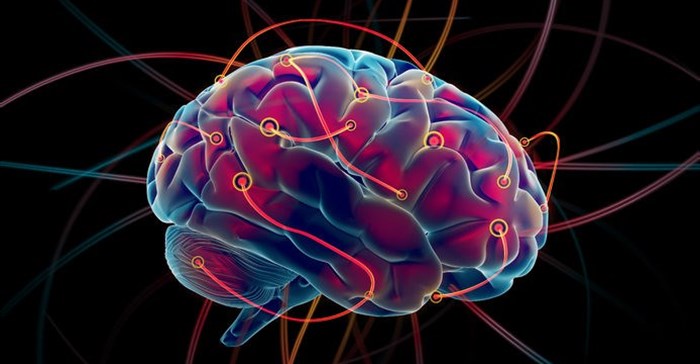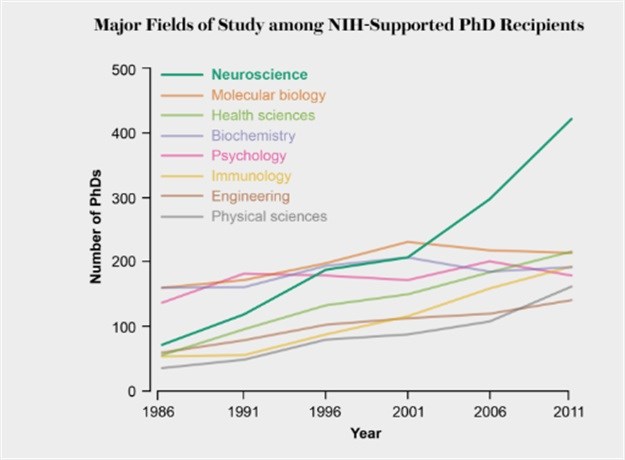Adam Smith (1723-1790) set the scene with his book Wealth of Nations, which became the foundation of economic theory. He postulated that people receive benefits from products, which he termed utilities and they will buy the products that they get the most utility from.
Homo economicus is the term used by economists to describe their assumption that the economic model applies to people that behave rationally. Obviously if the consumers behave irrationally then the whole economic model disintegrates. Generally, this is read to mean that they exclude consumers that behave emotionally.

This view underlies all attribute-association market research. The fundamental premise of attribute association is that people ascribe certain attributes to different brands and they will buy the brand that has the most desirable bundle of attributes relative to its price.
Freud (1856-1939) started the debate on whether people are largely rational or emotional in their decision making. He used the term ‘phobia’ to describe an irrational-emotion, thereby setting the scene that emotions are a counterforce to rationality.
He believed that people’s brains basically are just flotsam and jetsam of consciousness, drifting on a sea of irrational emotions that they are not consciously aware of. This subconscious sea of needs is irrational and filled with dark desires. Not being conscious of these suppressed desires, people cannot report on their desires.
His theories were popularised in the US by his nephew Edward Bernays, where they found their way into advertising. Bernays was recognised as one of the top 100 influencers of the 20th century by Life magazine.
Everybody involved in advertising should view the 2002 BBC documentary about advertising during the 20th century The Century of Self.
In the 1960s Sperry performed operations severing the two halves of the human brain in an attempt to treat people with epilepsy. He noticed that after the operation, they behaved as if they had two complete brains when the two sides were exposed to different stimuli.
From this flowed pop brain lateralisation theories. It was believed that the left brain is the logical brain and the right brain is the creative/emotional brain.
Kruggman was the research director of GE and very influential in advertising philosophy in the 1960s. He did experiments on people using EEG, and under the influence of the brain hemispheric theories suggested that different media aimed their message at different hemispheres: Television to the emotional right brain and print to the rational left brain. Therefore they should use different creative approaches suitable for the hemisphere that consumes them.
One has to understand that by the 1980s, there was no way to see the human brain in action. Everything that was known about the brain was mainly by induction: If the brain does X then its functions must be Y. Or it was assumed by post-mortem inspection of people that suffered brain injuries.
The ARF’s copy research validation project compared several commonly used measures of advertising with actual sales results provided by marketers. At the last moment in the design of this study, someone suggested that they simply ask people whether they liked the ad. To everyone’s surprise, ad-liking turned out to be the most predictive measure of ad success.
Not surprisingly, this added a lot of momentum to the emotion-rational discussion because most people saw ad-liking as an emotional measure.
(I published a paper in the Journal of Advertising Research showing that ad-liking can be combination of rational and emotional advertising appeals.)
Invented in the early 1990s, fMRI has become the dominant way to scan a functioning brain.
This started what is known as “The Age of the Brain”. This follows The Age of the Human Genome, which followed The Age of Outer Space; which followed The Age of the Atom. Now there is more money invested in brain research than what was ever invested in the space race.
One outcome of all of this is that articles about the brain are now common in general media.
This also attracted many students to neuroscience, which will itself lead to new insights in the near future.

Until the 1990s, the paradigm for viewing emotions was that emotions are disruptive of rationality, i.e. the Freudian view. Economists recognised that emotions disrupt rational decisions by specifically excluding emotions from the homo economicus, insisting that he is a rational being.
The psychologists study extreme emotional states and ways of classifying them. Very little attention was paid to normal emotions that everybody has throughout the day. It is against this view that the economists’ exclusion should be seen.
Professor Damasio published his groundbreaking book Déscartes’ Error (1995), in which he states that his observation of patients that have lost their ability to experience emotions shows they have also lost their ability to be rational.
This is a radical change in the scientific view of the role of emotions: Far from interfering with rationality, emotions cause rationality.
He based his conclusions on patients that suffered damage to the amygdala. This is a small organ in the centre of the brain, which initiates the fight or flight reaction in the body – increased blood pressure, increased adrenaline, increased muscle tonus and increased attention to the thing that is observed. This is an emotional response.
The importance of Damasio’s new paradigm about the role of emotions is that it not only applies to extreme emotions but mainly to the daily emotions we experience during the whole day. Important to businesspeople is that advertising never arouses extreme emotions, but often arouse some emotion.
Along with the increased media attention on the brain – due to fMRI – his book rejuvenated the discussion of emotions versus rationality to a new high.
Unfortunately, too many people just read this as Damasio confirming the importance of emotions without themselves making the paradigm shift in the role of emotions that Damasio outlined.
Founder of behavioural economics challenges the assumption of human rationality. In 2015, The Economist listed him as the seventh most influential economist in the world. In 2011, his book Thinking Fast, Thinking Slow became a best seller.
From Scientific American, Kahneman explains:
“When System 1 runs into difficulty, it calls on System 2 to support more detailed and specific processing that may solve the problem of the moment. System 2 is mobilized when a question arises for which System 1 does not offer an answer, as probably happened to you when you encountered the multiplication problem 17 × 24. You can also feel a surge of conscious attention whenever you are surprised. System 2 is activated when an event is detected that violates the model of the world that System 1 maintains. In that world, lamps do not jump, cats do not bark, and gorillas do not cross basketball courts.”While system 1 is often seen to be emotional, it is unlikely that Kahneman was talking about the same emotionality that interested Freud. He sees emotions as a positive force rather than disrupting rational behaviour. He is much more interested in which of these process are given conscious attention rather than whether they are irrational.
This debate about whether their advertising should be rational or emotional underlies all advertising decisions – whether considered explicitly or not. Anti-smoking advertising is a very good example of this.
Should one rationally point out the dangers of advertising with on-pack notices or emotionally scary pictures of cancer?
The Neuromarketing Science and Business Association undertook a pro-bono study using neuroscience techniques to address the issue. Neurohm, founded by Rafal Ohme a Visiting Professor at Stellenbosch University, did the research. View a summary of the report here.
This is one of a series of papers about the implications that neuroscience has for advertisers.
The first was titled About Neuroscience, Whorehouses and Advertising.
